Staying safe during a hurricane.
We're here to help protect you before, during and after a natural disaster.
Hurricane Tips

What to Do During a Hurricane
Video Duration: 2 minutes 52 seconds
Transcript Date: Oct 27, 2022
Follow These Helpful Tips [00:00]
If your area is in the path of a hurricane, USAA is here to offer support. The safety of you and your family is our top priority. In conjunction with IBHS (Insurance Institute for Business & Home Safety), here are some tips. To stay safe, it's important to have a plan of action that covers the storm and afterwards.
Prepare Your Family and Home [00:19]
Make sure you have a way to track the storm's movements. You'll want to choose reliable sources for getting your local forecast. You'll also need several ways to get storm alerts, such as from a weather radio or mobile device. It's a good idea to enable wireless emergency alerts in your cell phone's settings.
Pack your survival kit. This should have water, nonperishable food, essentials ranging from diapers to pet carriers, flashlights and device chargers as well as first-aid items and any medications.
If you have time, include copies of important documents and an up-to-date, written inventory of the items in your home. Use your smartphone to capture video or photographs of its interior.
Gather up loose outdoor items. You'll also want to secure things like patio furniture, trash cans and trampolines to the ground.
If it's safe to do so, check that your gutters and downspouts are clear and could divert rain away from your home. Are sandbags available? They can also help move storm water away.
Park your vehicles in a garage or carport. Close all the doors and windows in your home, including the garage door.
Were you able to install hurricane shutters for the season? Remember to close and lock them. Or, as a last resort, you can use plywood to protect windows.
What if You Need to Evacuate [01:47]
Plan your evacuation route and know your shelter destination. Share the plan with friends or loved ones, making sure you have their contact information.
Fill up your gas tank. You may want to have some cash on hand in case of power outages and if you need to leave your home quickly.
If you need to evacuate, unplug everything in the home except the refrigerator and freezer. Load the car. Once again, make sure that the doors and windows are closed. Then, follow your planned evacuation route, avoiding flood waters.
After the Storm [02:20]
After the storm, wait until it's safe to go back home. If you need to file a catastrophe claim, USAA will be ready to help — every step of the way. To get started online, you can select the “File a claim” button on the top of this page. After filing, check your claims status anytime on usaa.com or through the USAA Mobile App.
For more guidance on staying safe during a hurricane, download our Hurricane Preparedness and Evacuation checklists on this page. Description of visual information: [USAA means United Services Automobile Association and its affiliates. Copyright ©2022 NC-0722] End of description.
End [2:52]
Here's a quick view of what to do before a natural disaster hits.
-
Step 1 of 4 Create an evacuation plan.
-
Step 2 of 4 Grab your survival kit.
-
Step 3 of 4 Gather important documents.
-
Step 4 of 4 Photograph your property.
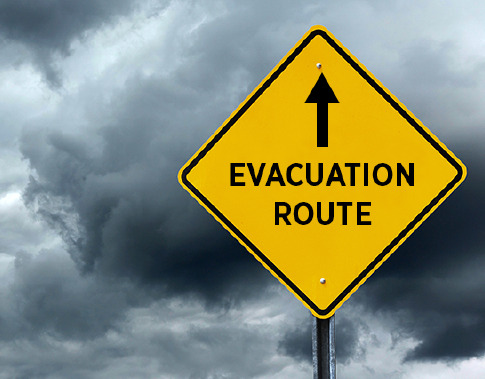

Hurricane evacuation: We're here to help.
When you're looking for a place to stay, we may be able to help you save on hotels during an evacuation through USAA Perks®.
Learn more about how we can help(Opens new window)

Know how to evacuate your pet.
When you're making your evacuation plan, include your pets or livestock. Make sure your pets have the supplies they need like food and medication.
Evacuating livestock may be a larger task, so it's important to establish and practice a plan. Use these checklists to help you prepare to get everyone out safely, including your animals:
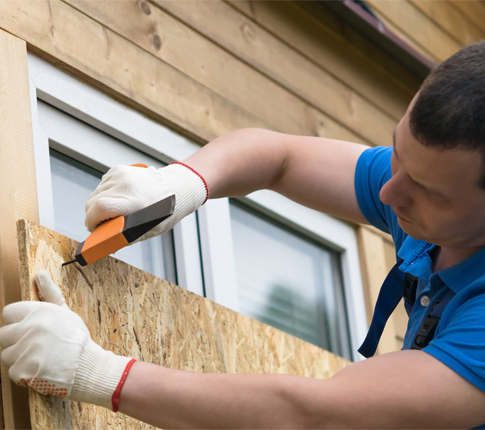
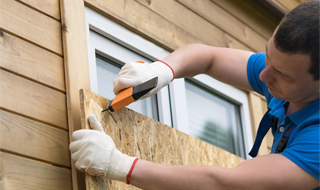
Be ready to react.
- To protect your roof, close all windows and doors, including interior, exterior and garage doors.
- If a window or door is broken or blown open, the home could fill rapidly with air.
- For extra protection, cover your windows with storm shutters or plywood.
- Move your vehicle to higher ground to help protect it from flooding.


Know what to do outside.
If there is a safe building nearby, get inside immediately. Avoid bridges over fast-moving water, and don't walk, swim or drive through floodwaters.
Just six inches of fast-moving water can knock you down, and it only takes 12 inches of flowing water to sweep your vehicle away.
Learn more about what to do outside during a storm(Opens new window)
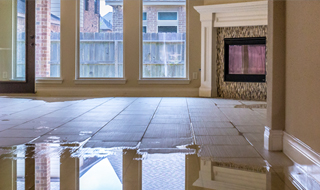
Know what to do inside.
If trapped in a flooded building, move to the highest level of the building. Don't climb into a closed attic. When only experiencing high winds, go to a designated storm shelter or a windowless room or hallway on the lowest floor.
These actions can help you prepare for a hurricane.
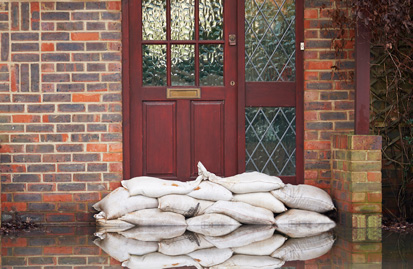
Help prepare your home for a hurricane.
Hurricanes can be unpredictable, but there are steps you can take to help protect your home. This hurricane checklist can help prevent or reduce the damage to your home and belongings.

Have a hurricane evacuation plan.
These tips can help you quickly prepare if you have to leave your home.
How to File a Natural Disaster Claim

How to File a Natural Disaster Claim

How to File a Natural Disaster Claim
Video Duration: 1 minute 40 seconds
Transcript Date: Aug. 13, 2020
Get Your Claim Started [00:00]
We are sorry you have experienced this recent loss, but USAA stands ready to serve you throughout the claim. Let's get the process started. Tap file a claim. Reporting your claim will only take a few minutes. If you don't have all the information, that's ok.
Basic Information [00:22]
Provide some basic information to get your claim started. Verify your Information.
Provide Some Details [00:36]
Now, let's get to the details. Select the type of property involved. Describe the damage. Provide details of the incident. Briefly tell us what happened.
Let's Finish Your Claim [01:05]
Let's wrap your claim. Confirm your contact preference and verify claim details. Tap submit. Once you have filed your claim, an adjuster will reach out through our digital channel or by telephone to discuss next steps. You can check status anytime and reach your adjuster on USAA.com or via USAA mobile app. Click on “File a Claim' on this page to get started. [Description of visual information: USAA means United Services Automobile Association and its affiliates. End of description]
End [1:40]
Here's a quick view of the claim process.
-
Step 1 of 4 Tell us what happened.
-
Step 2 of 4 Inspect damages and review your estimate.
-
Step 3 of 4 If coverage applies we pay for damages, minus the deductible.
-
Step 4 of 4 Repair or replace your property or vehicle.
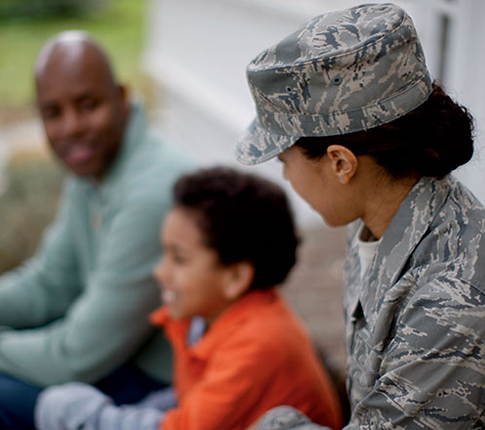

Take steps to protect your personal safety.
Listen to authorities and local news for updates to find out when it's safe to return home and if water is safe to drink.
Learn more ways to protect your personal safety(Opens modal)
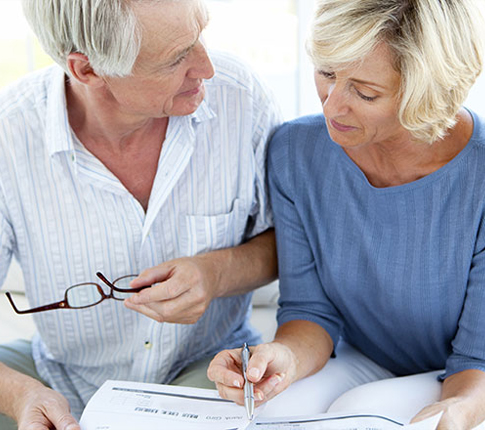
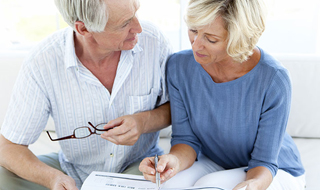
Know your rights and protect your finances.
Signing over your insurance benefits to a contractor or other vendor may seem convenient at the moment. But assigning benefits may forfeit your rights under the policy to that third party and you may lose control of your claim.
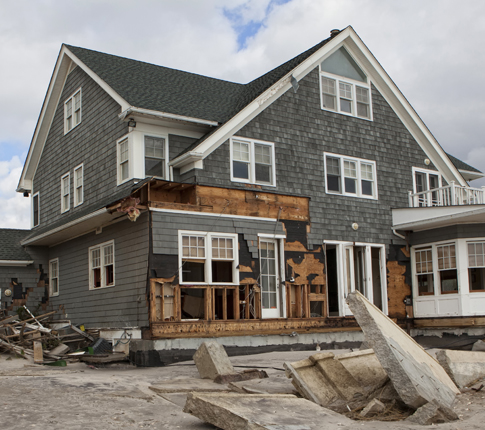
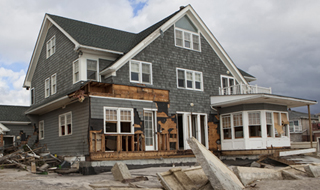
Inspect your property and assess the damage.
Property damage is not always immediately evident. If property damage is found, file a claim. Take photos of any damage before you remove debris or make temporary repairs. Be sure to check for any signs of water leaks, especially in the ceilings.
If you need to make temporary repairs to prevent further damage, save the receipts for reimbursement consideration. Avoid making permanent repairs until your claims adjuster has assessed damage.
Learn more ways to assess the damage(Opens modal)

If your vehicle is damaged by a natural disaster, file a claim.
Take photos of any damage before you remove debris or make temporary repairs. If there's only damage to your auto glass, file an auto glass claim. If there's damage to more than just your auto glass, file an auto claim. If you need to make temporary repairs to your vehicle so it's safe to drive, save the receipts for reimbursement consideration.
These actions can help with hurricane cleanup.
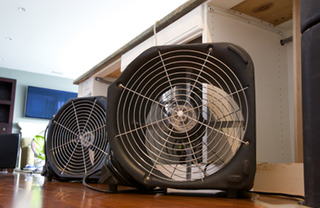
Get tips on how to clean up water and mold after a hurricane.
Water can cause a lot of damage to your property, so it's important to clean it up as soon as possible. If you can, dry your home and everything in it within 24 to 48 hours to help prevent mold.
Coming Home from a Storm.

Stay informed and help protect your family, pets and belongings.
- Sign up and listen to emergency alerts , NOAA Weather Radio or local alerting systems for current emergency information and instructions, and stay aware of the latest news and updates from your local media and fire department.
- Review your family, home and pet evacuation plans once you receive evacuation orders or believe it is unsafe to stay.
- Know how to turn off your gas, electricity and water in case you need to evacuate, if time permits.
- Get your mobile devices ready for a storm.
Be ready to react.
- Learn how to make and use sandbags to help protect your home.
- Help protect your personal property and minimize flood damage using these protective measures .
- Find a safe place or secure your outdoor items to prevent damage or loss.
- Fill plastic bottles with clean water for drinking. Bathtubs and sinks can be filled with water for flushing the toilet or washing clothing.
- Unplug small appliances and electronics to reduce potential power surges.
- Have a full tank of gas in case you need to evacuate, or an evacuation notice is issued.
- If you use a portable generator, ensure you have enough fuel and follow the manufacturer's instructions. For your safety, only use them outdoors to avoid carbon monoxide poisoning.
- Create a survival kit.
- Gather or inventory important documents and valuables. Consider using waterproof containers.
- Locate an open shelter in case you need to evacuate.
Take steps to protect your personal safety.
- Locate an open shelter if you have evacuated.
- Communicate wisely by sending text messages or using social media to reach out to family and friends. Phone systems are often busy following a disaster.
- Be aware of fallen power lines, broken gas lines and dangerous materials. Report them immediately to a power company.
- Don't touch electrical equipment if it's wet or if you're standing in water. If it's safe to do so, turn off electricity at the main breaker or fuse box to prevent electric shock.
- Avoid floodwater, as it can be deeper than you think and can carry contaminants and dangerous debris. Snakes may be swimming in it or hiding under objects.
- Be aware of areas where floodwaters have receded. Roads may have weakened and could collapse under the weight of a vehicle.
- Be aware of sagging floors and ceilings. It means they are wet and may be heavy and dangerous.
- Protect yourself from harmful bacteria, airborne inhalation hazards and electrical hazards. Wear proper protective clothing such as rubber boots, respiratory protection, rubber gloves, goggles, and head cover.
- Protect yourself from infectious diseases by using insect repellent.
- Use caution when entering your home and avoid bringing your children and pets until you're able to inspect your property.
- Prevent carbon monoxide poisoning. Use generators, stoves and grills outside, away from windows and doors.
- Use antibiotic ointment for abrasions or cuts and cover them up as best you can to avoid infections.
- Recovering from a hurricane can be extremely stressful. These tips can help you and your loved ones know what to look for and find ways to cope.
Inspect your property for damage.
- Protect your property from further damage by covering roof openings, broken windows or doors with tarps or plywood and save receipts for what you spend. You can submit your receipts to possibly get reimbursed as part of your insurance claim.
- If you have standing water in your basement and can pump the water out yourself, make sure you do it gradually to avoid structural damage. If the water is pumped out too quickly, pressure from the wet soil outside could cause basement walls to collapse.
- Damaged sewage systems are health hazards. Service damaged septic tanks, cesspools, pits and leaching systems as soon as possible.
- It's important to dry out your home, including furniture and drywall, as soon as possible to avoid mold. Mold cleanup can be difficult and dangerous. Even though your flood policy may not cover the cost, consider hiring an experienced professional certified by the National Environmental Health Association (NEHA).
- After wind and rain, your roof might be damaged and leaking. Insurance doesn't typically cover the cost of an independent inspection, but it may still be worth hiring a licensed contractor to inspect your roof right away.
- If you don't have flood insurance, you may qualify for disaster assistance through FEMA. They may be able to provide disaster assistance for things like medical and dental expenses, child care, essential household items, moving and storage and some clean-up items.
Mobile Response Locations
We are no longer stationed with our temporary disaster sites at this time, but we're still here to help in your time of need. You can file and track a claim, real-time online, by selecting the "Claim" button on this page, speak with one of our qualified claims experts or for quick access to manage your USAA accounts all in one place, take a minute to download our USAA Mobile App.